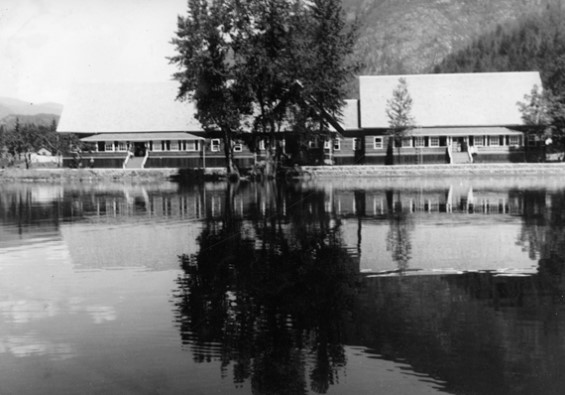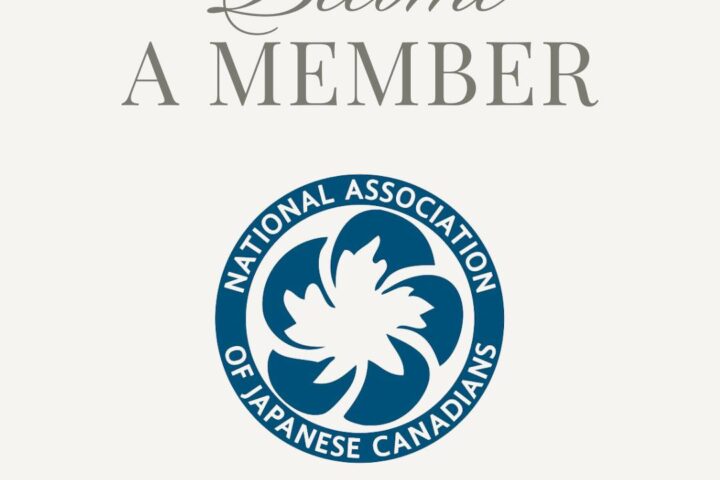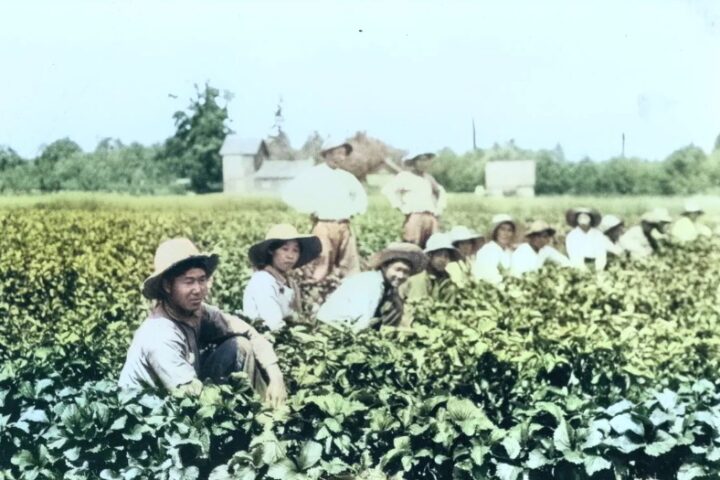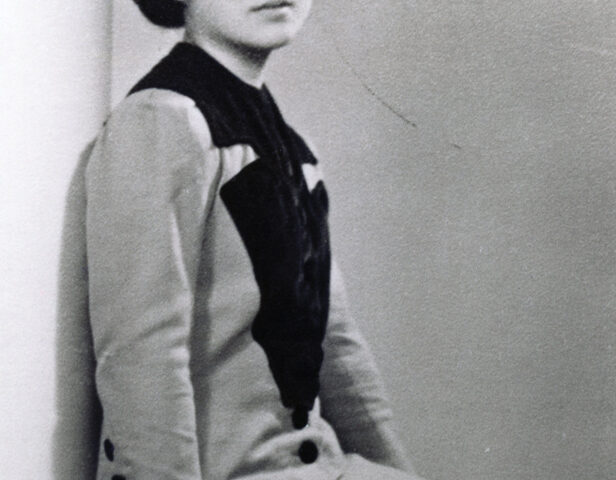In 2024, the National Association of Japanese Canadians (NAJC) is looking at geographic locations where Japanese Canadians lived after migrating to Canada, since the 1800s, and where they were interned/incarcerated in 1942. We respectfully acknowledge the ancestral and unceded territories of Indigenous peoples who are the traditional keepers of the lands and waters.
The Story of Japanese Canadians in New Denver and Rosebery
By Lorene Oikawa, Past President NAJC
New Denver is located on the northeastern end of beautiful Slocan Lake in the West Kootenay area of British Columbia and surrounded by the Selkirk Mountains. New Denver is 100 kilometres north of Nelson, and 32 kilometres north of Slocan City. Rosebery is about 6.5 kilometres north of New Denver.

First Nations are the First Peoples for thousands of years before settlers arrived in the province. New Denver is in the ancestral and traditional territories of the Ktunaxa, Sinixt, Stoney, Secwépemc, Okanagan, and Confederated Tribes of the Colville. [native-land.ca] First Nations would fish for salmon and trout. From the water, you can still see petroglyphs (First Nations rock carvings) on the rock cliffs.
New Denver was founded in 1892 with a mining boom which peaked in the early 1900s and was over by 1920. It was known as El Dorado, the famed city of gold, in the hopes the mines would be full of gold. When it was discovered that the mines were full of silver, the town’s name was changed to New Denver, an homage to Denver, Colorado, famous for its silver mines. In those early days, New Denver was a service centre for mines and towns like Sandon and Slocan. Logging became the main industry after mining ended. Incorporation took place in 1929. The population was reduced to a few hundred people before 1942.
Racism didn’t start with the Second World War. There has been racism since the first Japanese started to come to Canada in the 1800s.The first large scale act of hate took place in 1907 with racist politicians, unions, and other individuals who organized the anti-Asian riots in Vancouver. A violent mob wanted Japanese Canadians out of Vancouver and set out from city hall at the corner of Main Street and Hastings Street to the Powell Street area. On their way they went through Chinatown and smashed and looted businesses.
As Japanese Canadians grew prosperous through hard work and dedication, the racist politicians continued their fear mongering to divide and pit workers against each other. For example, in the fishing industry the highly skilled Japanese Canadian fishers had to fight against being forced out.
The attack on Pearl Harbour was used to justify the fears and support the government action against Japanese Canadians. Rumours continued to circulate about subversive activities of Japanese Canadians and a possible attack against British Columbia.
However, the Canadian military and the RCMP told the federal government that there was no evidence of any wrongdoing and no action against the Japanese Canadian community was needed. The government did not allay the fears of the country and contributed to the fear mongering.
The federal government decided to forcibly uproot all Japanese Canadians from the west coast, about 22,000 babies, children, students, adults, seniors, and Japanese Canadian First World War veterans who fought for Canada. The government had to quickly find locations to send the Japanese Canadians. They decided to use some of the former gold rush towns in the interior of British Columbia that had abandoned and dilapidated buildings.
Train trips on hard seats took about 24 hours and then families and individuals piled into trucks for the last part of the journey around Slocan Lake. New Denver (including Roseberry), at its peak, had about 1,700 Japanese Canadians. Six interior camps would hold about the pre-1942 population of Japanese Canadians in Vancouver.
When Japanese Canadians were sent to New Denver, the population swelled to about 2,000. The influx of Japanese Canadians meant a huge boost to the economy. The grocery store and fabric store saw a huge increase in sales.
The first wave of Japanese Canadians was living in abandoned buildings and tents until shacks could be built. “By May 21, a total of 1,021 men, including carpenters, plumbers and electricians, were preparing the five ghost towns of Greenwood, Kaslo, New Denver, Slocan City and Sandon for habitation.” Ken Adachi wrote in The Enemy That Never Was. Most of the shacks were built in the 80-acre Harris Ranch and was called the Orchard.
In March 1943, 101 TB patients from Hastings Park, the last of the Japanese Canadians from Hastings Park, were put on a train to the new 100 bed tuberculosis sanitorium in New Denver, by the lake and away from the shacks. Margaret Tsujimura Caprini’s father was moved from a road camp to be with his family in New Denver. The former boat builder helped build the sanitorium. His daughter says he broke his ankle doing that work which resulted in him limping when he walked.
There were 2,348 Japanese Canadian children in the interior camps. The BC government refused their responsibility to educate all children. Japanese Canadians wanted their children to be educated. Hide Hyodo and Teruko Hidaka were the only Japanese Canadians with a teaching certificate. Japanese Canadians couldn’t vote and were not recognized or hired in professions such as teaching. Hide would be the supervisor and Teruko would assist her. They organized Nisei (second generation Japanese Canadians) university and high school graduates to take training to be temporary teachers. In the summer of 1943, a four-week teacher’s training course in New Denver was attended by 125 Nisei who along with the 50 Nisei who had taken a five-day course at Hastings Park, and they would take on the responsibility of teaching the children.
Sumi Kinoshita (née Morisawa) shared her family’s story at the Honouring Our People conference in 2009. Her family was living in Victoria and then shipped by a CPR boat to Vancouver where they stayed in Hastings Park. They were then sent to New Denver. Sumi said the six of them had to live in a tent for a short period and then moved into a two bedroom shack. Green wood was used to build the shack so it was very cold and “you could see the nail heads which were white with frost by morning. We were issued horse blankets from Hastings Park and slept on board beds. We had a kitchen between the two tiny bedrooms. A sheet metal stove was used for heating.” In 1945, her father was hired as a cook in the TB sanatorium. She recalls that when Japanese Canadians were released in1949, her father had to keep cooking in the sanatorium so their family was the last to leave.
Mary Kitagawa (née Murakami) also shared her family’s story. Mary had a “very idyllic life [on Salt Spring Island] because of the hard work my parents did.” Her parents had cultivated 200 acres of beautiful land into a successful farm growing berries and vegetables and also, had a flock of 5,000 chickens. Her father was expecting a lot of money for his crops in 1942. Mary describes a terrifying account of her father being thrown on the back of a truck by the RCMP on St.Patrick’s Day. The family was scared because they didn’t know if “he was going to be shot or if we were ever going to see him again.”
Her family did end up reuniting with her father at a sugar beet farm in Alberta, but not before her mom, Mary and her siblings were sent to Hastings Park and then Greenwood. Her father’s health began to deteriorate in the harsh conditions of the farm and after making a written plea to the commissioner, the family returned to BC to live in Popoff, Bay Farm, and Slocan in the dead of winter. In January 1943 they were moved to Rosebery. Mary describes “rows and rows of these tar paper shacks.” “In Rosebery there was no electricity at that time because they were not quite ready for us. We had six candles the first winter. It gets dark early in winter, so everybody went to bed early because six candles don’t really last too long into the night. When we woke up in the morning, my mum said, “Don’t move,” because our bedding was frozen onto the sheet of ice on the wall. The wall was just shiplap and the 2 by 4s are visible. We had no ceiling because the roof was there and nothing else.” In the winter the cold would come in through the cracks and in the summer the shack would heat up. Most of the men, including Mary’s father, would try to make some improvements which helped a bit.
When the war ended in 1945, Japanese Canadians remained incarcerated. The racist politicians in BC pushed to extend the incarceration and exile until 1949. The plan was to force Japanese Canadians to choose between moving east of the Rockies or to “return” to Japan. Most Japanese Canadians were born in Canada so going to Japan would be considered going to a foreign land and not be considered a return. Mary’s father chose Alberta, because it was as close as possible to British Columbia, and he was determined they would return to Salt Spring Island. People in Rosebery were being moved to other locations and sometimes stayed temporarily in other camps until they could be moved. Mary and her family were moved to New Denver and stayed there until the end of the war. They were then moved around Alberta from farm to farm until they ended up in a town called Cardston.
Mary and her husband Tosh Kitagawa helped organize the Honouring Our People conference. I learned a lot from both. One thing Mary emphasized is that we should avoid euphemisms such as internment. She said, “You cannot intern your own citizens. At one point somebody was saying, well you were the guests of the Canadian government. But we weren’t guests because we paid for our own incarceration. They stole our land and they put us through all that hell.”
You can read more stories in the book, Honouring Our People: Breaking the Silence, edited by Randy Enomoto. The book shares stories of Japanese Canadians in incarceration camps such as New Denver and Rosebery, road camps, sugar beet farms, so-called self-supporting projects, and stories from Prisoners of War, exiles, and the stranded.
Visit the Nikkei Internment Memorial Centre (NIMC) created by the Kyowakai Society in the Orchard in New Denver. NIMC has original buildings, artifacts, photos, and displays including three incarceration/internment shacks. Also, on the site is the Roy (Tomomichi) Sumi designed Heiwa Teien Peace Garden. The Kyowakai Society formed in 1943 to support the Japanese Canadian community with social, cultural, religious, and advocacy needs. Those who were incarcerated built Kyowakai Hall which is now the centre of the NIMC. In 2007, the NIMC was designated as a National Historic Site. In 2017, the NIMC was designated as a significant Japanese Canadian Historic Places by Heritage BC. In 2018 the Kyowakai Society disbanded when the elders died.
Nikkei Internment Memorial Centre is celebrating 30 years on June 22 & 23, 2024. Entertainment will include taiko, martial arts, a community baseball tournament, poetry readings, site tours, dinner, and more. More information at www.nikkeimemorial.ca




